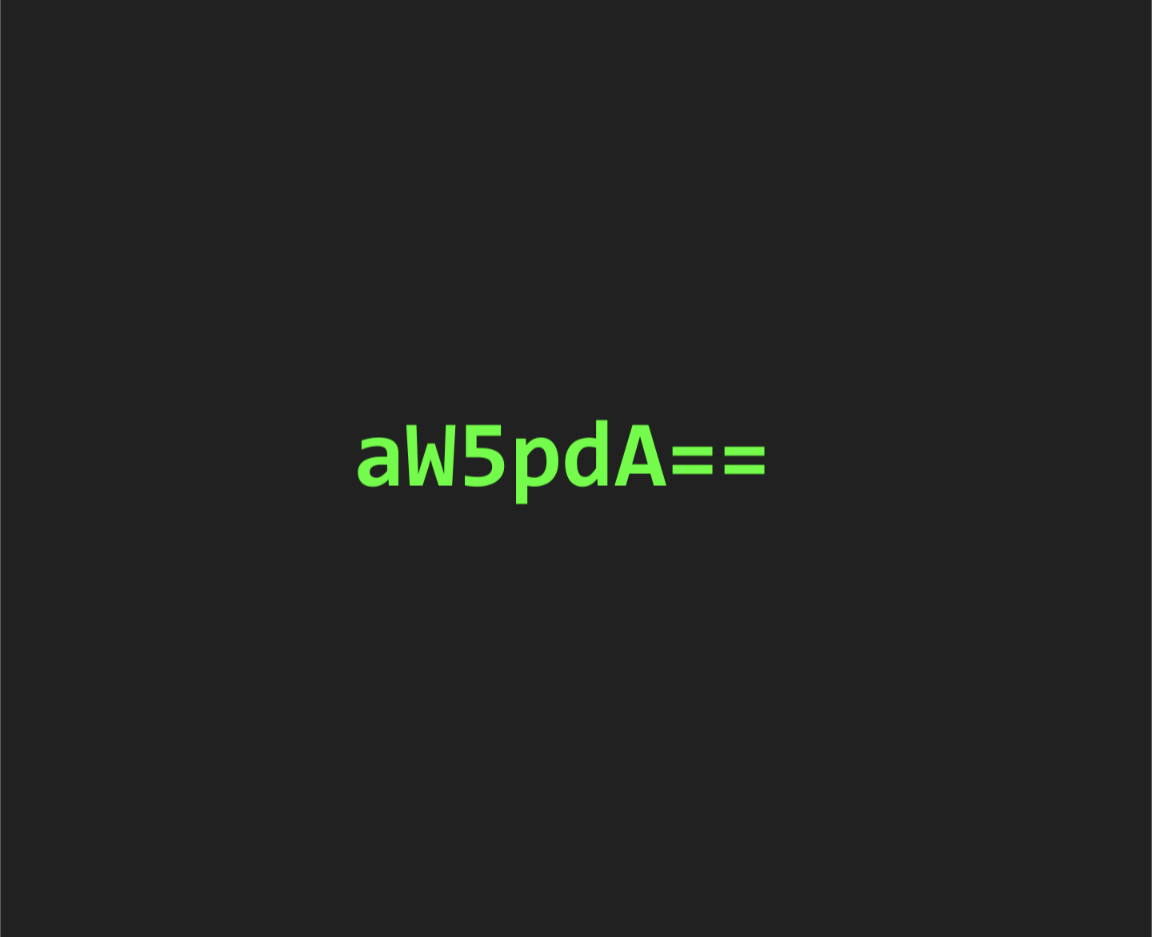
Everything in America except building trades has transitioned to metric already.
Even our imperial units are defined in metric.
But… PLEASE don’t tell our citizens. It will all be fine as long as we don’t tell them!

I have to agree 100%. The slavish devotion of small brained regressive idiots to base 12 time keeping has bugged me for fucking ever. Swatch solved this decades ago, but people are too stuck in their “But this is what we’ve always used” bullshit mindset.

I’m basically forced to know the good way, and the American way.

Yanks stop trying to claim things as your own.

@Zerush Too much hassle to change to metric

I’m terrified of driving the day they move the US from miles to kilometers. People go well over the speed limit as it is. I can only imagine how many people would read the kilometer per hour speed limit as miles.

England still has their speed limits in mph and all road signs are in miles and yards…

I had never considered this before, but you’re absolutely right

I really like Farenheit system for temperatures. 0 is really cold and 100 is really hot, but both survivable. It’s a human-centric system.
0C is the temperature that water freezes, which is good but temperatures more often go negative with that system. 100C is boiling so you’d be dead.

It’s easier for handling real things.
Try doing woodwork in feet and inches for a day. Try it in metric for a day. You’ll see what I mean.
It was crafted for the human-scale, whereas metric was worked out on paper by French philosophers.
Human scale? Not yours or mines, measures of the ffoot, thumbs and random desires of a dead British King in the far past. No problem in metrics, at least if I don’t build a hut in the wood with an axe, then maybe using parts of the body for measures are usefull. Not the first furniture I made, also working in metal. Also in mathematic and physic the metric system is way better (Even NASA now uses the metric system since 2 probes crashed on Marte due to calculation errors in the imperial system)


Just wait for an American to tell you how it’s easier to use fractions with imperial. I’ve legit seen them say shit like 3/8 of an inch is easier to think about than 9.5mm.
Above having to add 3/8, 5/16 and 2/3 inch ¬¬

2/3 is not a valid fraction of inches.
Valid denominators are 2, 4, 8, 16, or 32. Technically, 64, 128, and 256 are also acceptable, but they are never actually used. For precision greater than 1/32nd, we switch to thousandths, or tenths of thousandths.
3/8 + 5/16 is 11/16ths.

I doubt it had much to do with kings, as they didn’t do handicrafts or have to measure things like grocers/traders do.
That image is really stupid, too much wrong with it to go thru.

I am willing to bet that you are simply more used to the imperial system.
I am not convinced that it has any objective advantage over the metric system.
My foot is about 50% larger than my SO’s, but I can perfectly invision 30cm whenever I want or need to.

Cooking too. Try baking a cake in the two.
Pounds-and-ounces is all like “two eights is sixteen”, “three threes is nine”. Nice and handy multiples is what it’s made on.
I’m about equally familiar with the two.

Are you telling us that you are actually making, say a box, by measuring it with your hands and feet? That’s barbaric! I’m guessing you actually use a tape measure like the rest of us.

You and @Zerush both resorted to this fake idea that [not using the metric convention] = [measuring things with your body-parts]
Very weird lie. I’ll take it as an admission you’re out of sensible points.

That is what you’re implying by saying that imperial is more intuitive. But if you’re measuring with normal measurement equipment that argument is moot. At that point using imperial is easier for you just because you’re used to it. When normal people have to use imperial for things, all intuition is out the door and it will be hell.
You’re failing to externalise your own experience from the situation. Maybe you should practice that a bit more.

I like imperial for big things. like you said it’s easier. For small things like 3d printing and such I prefer metric (basically anything with increments smaller than 1/16"). It just depends on what scale you need to work on.

I’ve read that it is more easily divisible than metric.
Divide a meter by 3 or 4 and get ugly numbers but a foot or yard divide by 3 or 4 quite cleanly. And so on.
Depending on your application this can be very helpful.

Divide a metre by 4 and you get 0.25 meters or 25cm
Dived a foot by 4 you get 3 inches.
Dived a yard by 4 you get 9inches
Metric here wins in my opinion.
Now let’s go by 3
1m by 3 is yes 33.3r not great but 1m is 100cm and that’s how it is.
1ft by 3 is 4 inches. Sure looks great now.
Except size resolution is far greater in metric in simple forms
Every inch is 2.54 cm obviously they dont round up nicely.
Once we have to go smaller than an inch we need 15/16s of a inch, smaller then a cm we drop down to mm.
10mm makes a cm.
In super practical terms i need a spanner, 16mm is to big, i get the 15 next.
5/8 is to big what do i get next?
(I know the answer)
Also another argument is well whats if you need half a mm etc we just use 0.5m or 0.7mm etc
Very small sizes for most everyone day to day.
Sure it’s not great breaking it too 0.whatever, but metric does it so much smaller as imperial made that jump to incorporate a size smaller then an inch.
1/4 inch is just 0.25 inches

Base 12 has factors: 1,2,3,4,6. Dividing by 5 is tricky.
Base 10 has factors: 1,2,5. Dividing by 3 is tricky.

I think this is it. The 5 factors instead of 3.
I also think there was something to do with fractions of an inch too. Like that divisibility was also an advantage of imperial.

Even these people who are screeching “decimal for everything!” in the thread still use dozenal for time, months, and cartons of eggs.

I was going to mention the base number issue but couldn’t be bothered, i had just only woken up
Division no is the problem in one unit, inch, feet, etc, because use fraccions instead of decimls, but the problem is the conversion from inch, feet to others (yards, miles), which is the source of a lot of errors, like those from the Mars probes or some catastrophigs breaks of bridges in the past, apart of some problems in physics, because using for weught and mass the same unit. No, imperial are not human measures, never has been since humans count with 10 fingers.

Nothing against metric, but base-10 is a complete train wreck of a numbering system. Mathematics in general, and geometry in particular, are gorgeous and elegant in base 12.

Are you even a mathematician if you don’t calculate using the sexagesimal system?
Maybe, but imperial not even this, using absolute random units.

Do you people legit believe people used feet&inches, pounds&ounces for over 2000 years for no reason?

And also ells, rods, cubits, paces, furlongs, oxgangs, lots, batmans… all with subtly different regional definitions (with regions sometimes as small as one village).
People used loosely defined measurements based on things like their own body parts or how much land they guessed their ox could plow on an average day. Things like mathematical convenience or precision were not all that important; being able to measure (or estimate) without tools was.

Metroids itt btfo, malding, fractionally mogged upon.

There are (huge) costs to retooling production to move from imperial to metric. Even if a company wanted to make that move they’d have to transition in phases and will likely end up with additional equipment to maintain. There’s also significant training for workers (who will likely commit errors in the beginning) which will impact production. And what happens to the old equipment? I’d guess a significant portion of that would end up getting scrapped and landfilled.

Perhaps I’m biased, but sometimes it’s easier to work in fractions. Also, setting room temp is objectively better in F. I can tell the difference between 74 and 75. That said, I’m also a scientist so I’m permitted these opinions.

No, you are not permitted these decisions because you are something.
Its still bias

My country
menfolk are fools.

